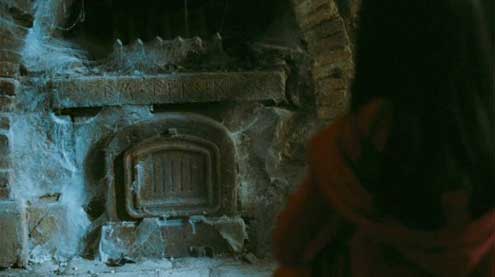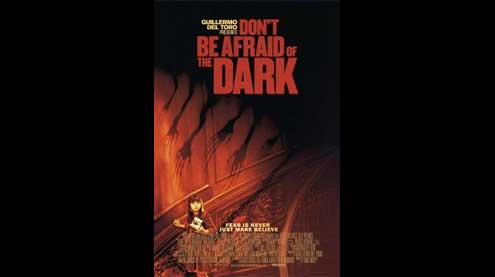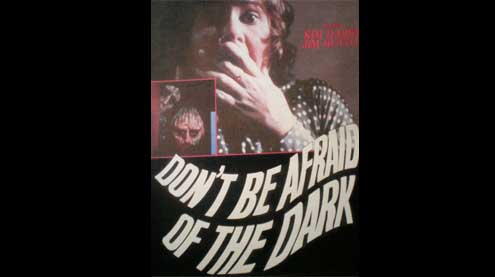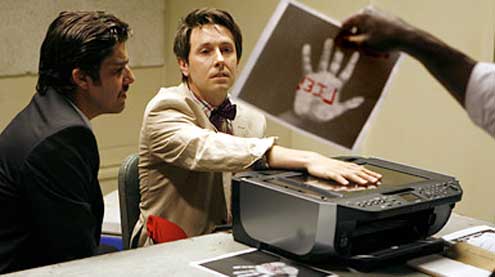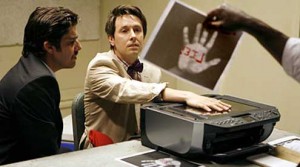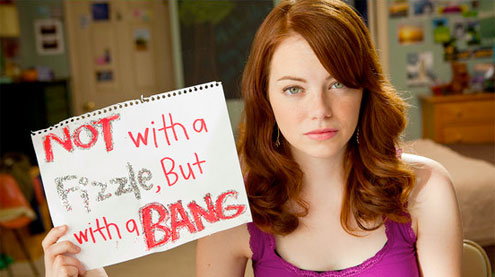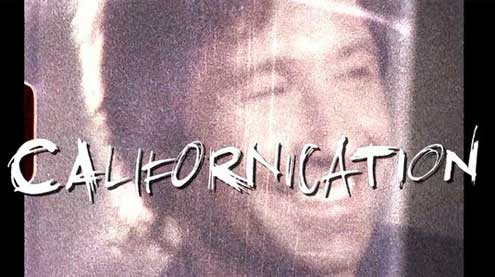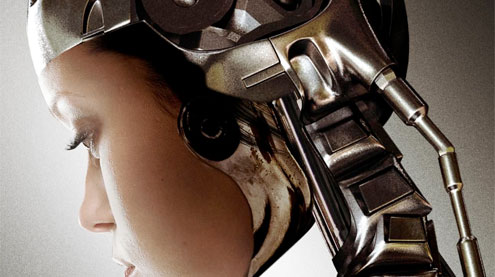I can’t say I ever watched this Fox show while it aired a couple years ago (downsides to being an all-web, no commercial cable or satellite t.v. kind of gal)– in point of fact I think I thought it would be silly. I loved the first Terminator movie, largely because of the Sarah Connor/Kyle Reese romance. The next movie was box office-exciting, and thoroughly less heart-gripping than the first, the Terminator brand writ slick all-action.
Ensconced in recent bouts of streaming Netflix, I decided to give this broody subsequent project* of James Cameron’s a whirl– and have been sucked into its ethos of mythic drama, its questioning the ethics implicit in nexuses (nexi?) of technology and humanity, and some sweet scripted moments– a few examples of which here follow.
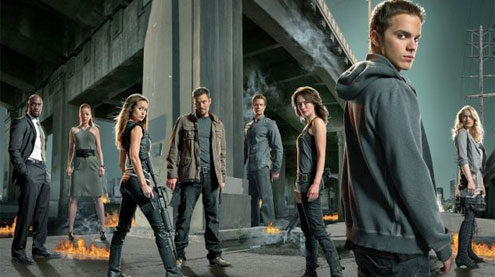
*image borrowed from Den of Geek, wherein the astute summary: “Sarah Connor was a non-populist, meditative, complex piece of television on a smash-bang, show-me-the-ratings kind of network”; and this: “The Terminator franchise suggests explosions, robot fights and balls-out, backs against the wall carnage. The series offered these things grudgingly, and quite often as the culmination of five episodes worth of navel gazing. God, Terminator loved a bit of navel gazing.” Ha! Well, NavelGazer loves it back.
**
Bits– on the quippy side:
Sarah Connor, behind the wheel of the jeep after school: “Field trip.
John Connor, climbing into the front seat: “I call shotgun.”
“Sister” cyborg Cameron, climbing into the back: “I call nine millimeter.”
**
Sarah, at the wheel of the car, driving towards or away from some fresh emergency: “If you knew what was going on with the girl, why didn’t you say something?”
Cameron: “To you?”
Sarah: “To me, to him, to somebody.”
Cameron (whose understanding of her position as John’s protector typically results in dead bodies): “I’ve always made my position on security very clear. [pause, glance] No one likes a nag.”
**
It’s fraught with grey-area humanity struggles and uncertainties for both the humans in the cast (Sarah, Riley– John Connor, the narrative Christ figure is of course most unerringly human of all) and the nonhumans (Cameron, John Henry, Weaver). The “bad” humans and the “good” cyborgs, and vice versa.
Sarah: I’m not John’s problem.
Cameron: John is John’s problem. Humans are the problem. There’s only one way for him to be safe– that’s to be alone.
Sarah: What kind of life is that?
Cameron: John’s life– someday.
**
A.I. John Henry: Mr. Ellison?
Ellison, painting one of John Henry’s action figurines: Yes.
John Henry: Does this make us friends?
Ellison: …
**
This show has moments that are achingly bittersweet-beautiful– like the montage at the end of “Adam Raised a Cain” where the voiceover of A.I. John Henry and child Savannah sing in duet her dead father’s comical yet minor key song, overlain atop video of the sacrifice of Sarah Connor and Derek’s ashes being buried under a marker bearing only the stamp of the current year on the same graveyard hillside as his brother Kyle’s “1985”.
**
Sarah Connor’s voiceover at the close of the episode “Some Must Watch, While Some Must Sleep,” while she drives through the night away from her torturer, whom she’s evidently killed:
A spirit sits on a man’s chest. She is strong, beautiful. She is here to steal his children. She is here to steal his future. He is paralyzed. The terror in him will burst his heart if he cannot control it. She is a nightmare, a demon woman, the oldest and most enduring story told. The witching hour is controlled by witches.
Sarah Connor brings the van to a stop, a coyote (encountered in the nighttime earlier in the eposode and also used imagistically as a character’s tatoo) standing looking back in the headlights. Voiceover:
She is a bad dream. She is a bad bitch.
**
I especially admire the teetery morality the script imbues its different characters with as they err in one direction or another. The plotline is a chessfield battleground with an unnamed number of invisible pieces with hidden and marvelous capabilities and dimensions, revealed one by one.
Random minor notes:
I completely didn’t recognize Summer Glau/Cameron as evil genius Bennett Halverson from Dollhouse.
I love how James Ellison’s car bears no actual brand insignia, only a circle.
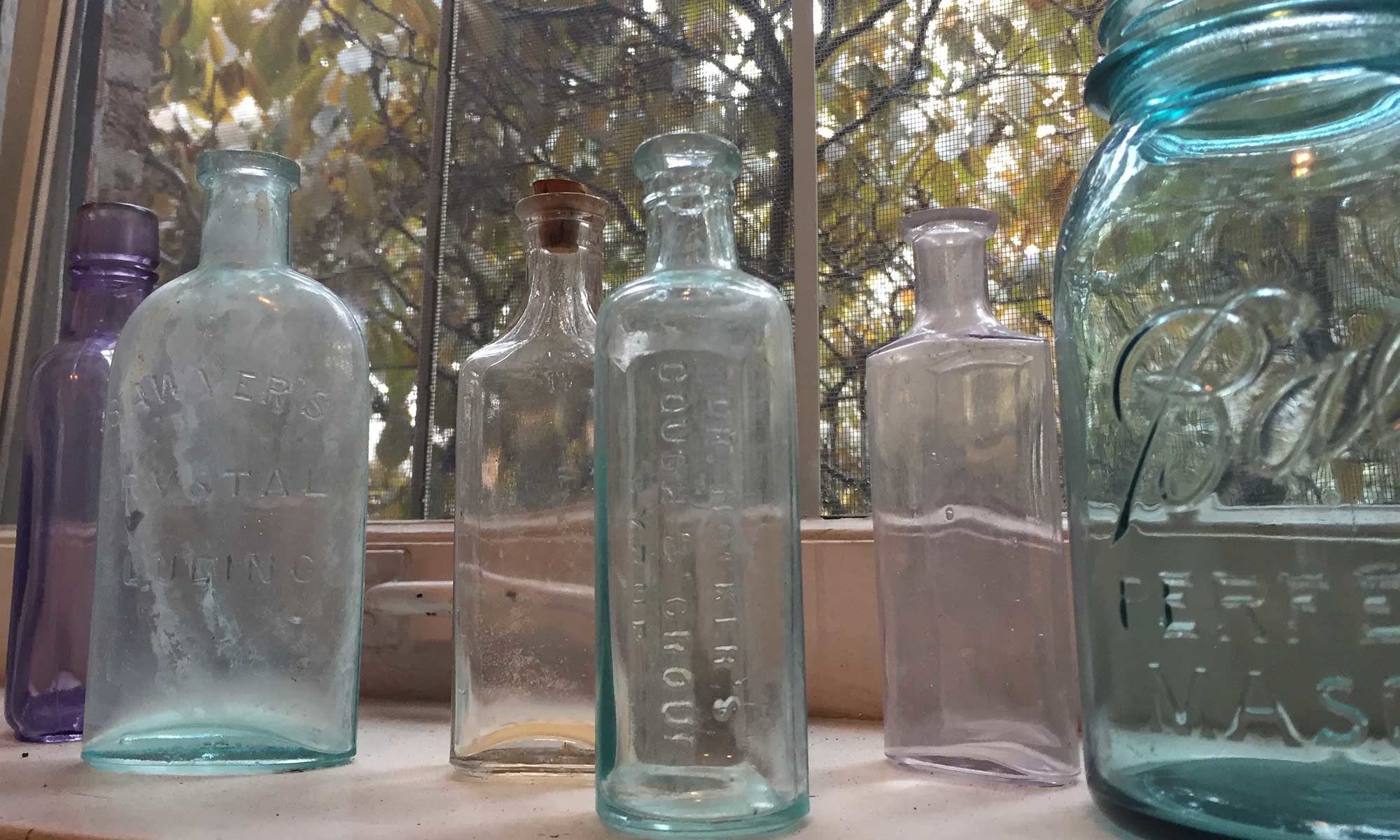


 I {heart} Nerissa and Katryna Nields.
I {heart} Nerissa and Katryna Nields.